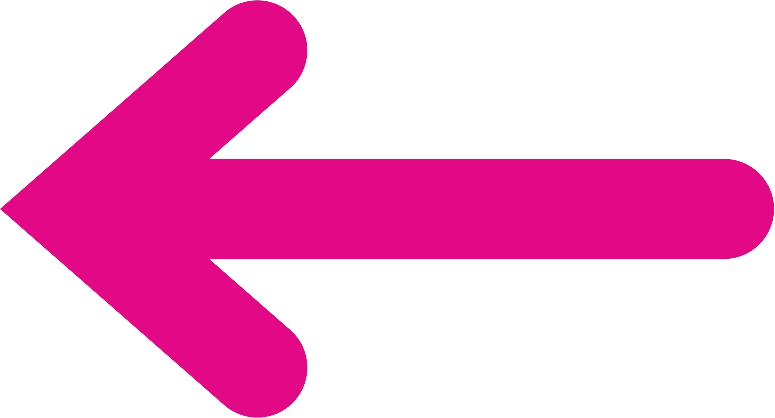What is tennis or golfer’s elbow?
You may notice pain when lifting or bending your arm, gripping small objects, such as a pen, or when twisting your forearm, such as turning a door handle or opening a jar.
Tennis elbow and golfer’s elbow are common conditions that can affect anyone, but it’s most common in people aged between 30 and 50 years of age. It is estimated that as many as one in three people have tennis elbow at any given time.











